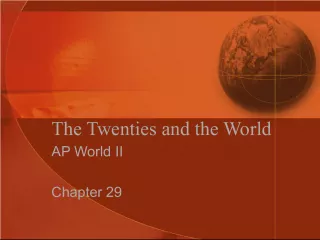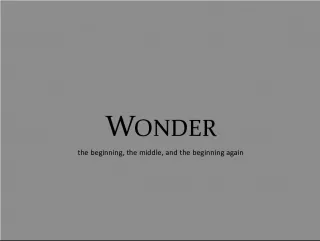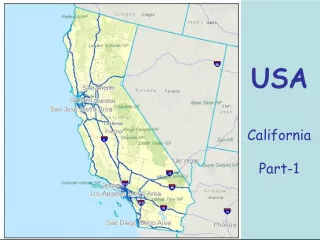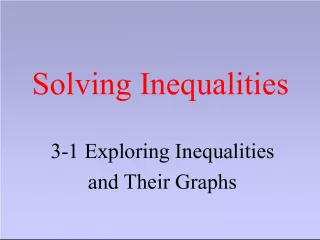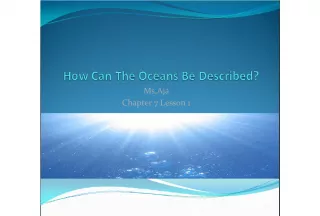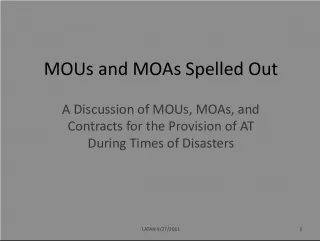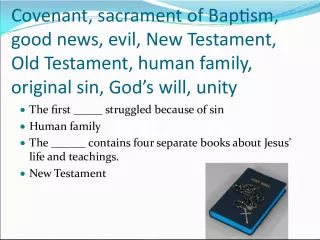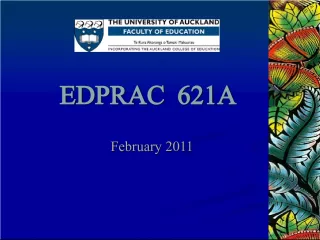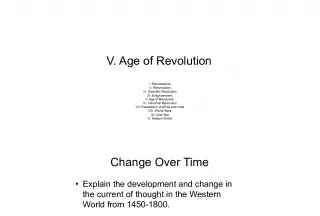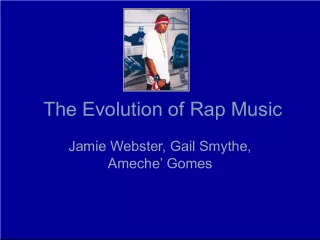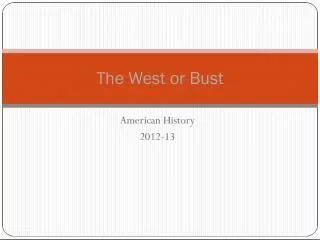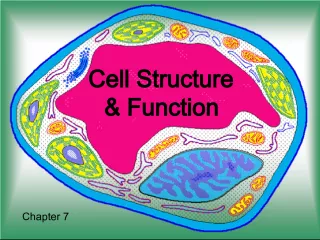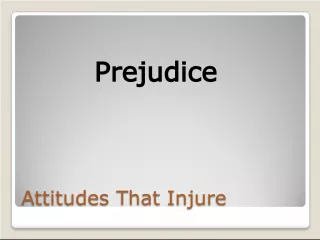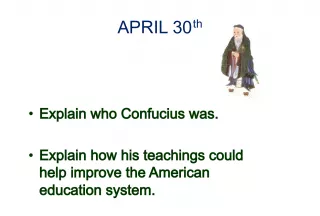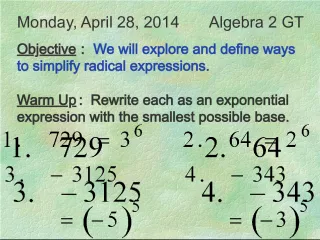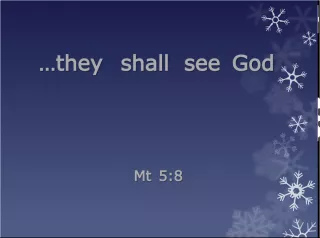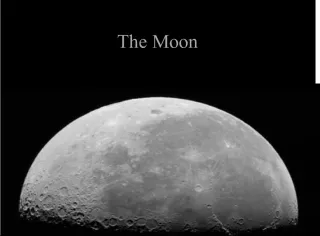Exploring the Roaring Twenties in the U.S.


This article delves into the major political, social, and economic changes that characterized the 1920s in the United States and their impact on American society.
- Uploaded on | 2 Views
-
 kailynbosco
kailynbosco
About Exploring the Roaring Twenties in the U.S.
PowerPoint presentation about 'Exploring the Roaring Twenties in the U.S.'. This presentation describes the topic on This article delves into the major political, social, and economic changes that characterized the 1920s in the United States and their impact on American society.. The key topics included in this slideshow are Roaring Twenties, consumer society, Prohibition, American youth rebellion, family structures, economic policies, Great Depression,. Download this presentation absolutely free.
Presentation Transcript
1. The 1920s
2. Essential Questions Why did the U.S. experience so much political and social change during the 1920s? Why did the 1920s see the emergence of the consumer society? What issues led to Prohibition in the 1920s, and what problems contributed to its failure? Why did many see the 1920s as a period of rebellion by American youth? What changes occurred to marriage and the American family structure in the 1920s? How did government economic policies during the 1920s lead to the Great Depression?
3. America at the Start of the Decade Victorious in World War I Treaty of Versailles defeated Period of isolationism Republican ascendancy Returning WWI soldiers parading in Minneapolis
4. The Election of 1920 GOP nominated Ohio Sen. Warren G. Harding Normalcy Democrats ran Ohio Gov. James M. Cox Coolidge as GOP VP candidate FDR as Democratic VP candidate Republican landslide Warren G. Harding
5. Nativism Came out of various worries following WWI Prejudice against foreign- born people Evident in immigration quotas, rise of the Ku Klux Klan Also led to Red Scare An anti-immigrant poster from California Senator James Phelans campaign, 1920
6. The Red Scare Begun by Russias Bolshevik Revolution (1917) Fear of communist revolution in the U.S. Heightened by 1919 anarchist bombings Passage of various sedition laws
7. The Palmer Raids U.S. Attorney General A. Mitchell Palmer Sought to eliminate radical influence in the U.S. Appointed J. Edgar Hoover to lead investigations Many persons jailed or deported illegally Rights of many suspects violated A. Mitchell Palmer
8. The Case Against the Reds It has been impossible in so short a space to review the entire menace of the internal revolution in this country as I know it, but this may serve to arouse the American citizen to its reality, its danger, and the great need of united effort to stamp it out, under our feet, if needs be. It is being done. The Department of Justice will pursue the attack of these "Reds" upon the Government of the United States with vigilance, and no alien, advocating the overthrow of existing law and order in this country, shall escape arrest and prompt deportation. It is my belief that while they have stirred discontent in our midst, while they have caused irritating strikes, and while they have infected our social ideas with the disease of their own minds and their unclean morals we can get rid of them! and not until we have done so shall we have removed the menace of Bolshevism for good. Attorney General A. Mitchell Palmer Forum , issue 63 (1920)
9. Immigration Quotas Emergency Quota Act (1921) Immigration Act of 1924 Limited annual number of immigrants from a nation to 2% of number of immigrants living in the U.S. in 1890 Immigration from most Asian nations stopped Some groups given preference over others A cartoon satirizing the quota system
10. Sacco & Vanzetti Charged with robbery and murder Convicted on highly circumstantial evidence Sentenced to death Many protested convictions and sentence Both executed in 1927 i Bartolomeo Vanzetti and Nicola Sacco
